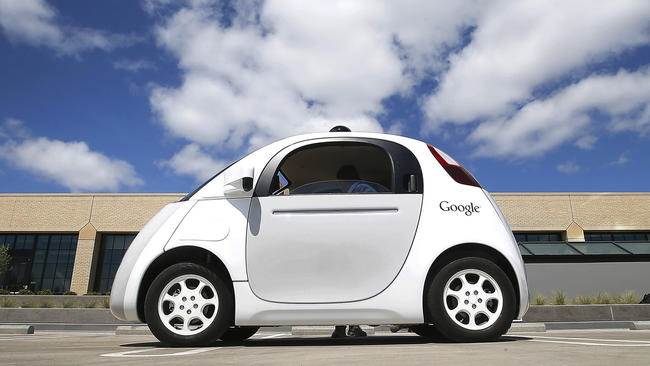On the same day as the state of California released its draft regulations for self-driving cars, reports have surfaced that Google Alphabet plans to launch a business to provide passenger rides in autonomous vehicles next year. While California law doesn’t currently allow general use of self-driving cars on public roads, Google might be able to offer such a service on private properties and college campuses.
The company has so far logged more than 1.3 million miles of autonomous driving, and is averaging 10,000 to 15,000 autonomous miles a week on public roads, according to Google’s latest self-driving car project report released last month.
Google is currently conducting on-the-road autonomous vehicle tests in California and Texas. Car-riding app provider Uber is also aggressively pursuing the development of self-driving vehicles, as are many of the major automakers, including Daimler, Audi and BMW.
Draft Law Bars Vehicles Without Drivers
Citing an unnamed source who has been briefed on Google Alphabet’s self-driving car strategy, Bloomberg today reported that the plan calls for “a range of large and small vehicles” that could be “deployed first in confined areas like college campuses, military bases or corporate office parks.” The report did not say when in 2016 that business might launch.
Google did not respond to our request for comment on its plans for driverless cars. However, its November self-driving car report noted that its vehicle lineup in the San Francisco and Austin test areas currently includes 23 Lexus RX450h SUVs and 30 prototype vehicles.
Under the draft regulations released today by California’s Department of Motor Vehicles, self-driving cars would be allowed on public roadways via three-year deployment permits. Any autonomous vehicles deployed would have to pass inspection by an independent, third-party testing organization, and a licensed driver would have to be in the vehicle at all times to be “capable of taking control in the event of a technology failure or other emergency.”
‘Balance Between Innovation, Public Safety’
John Simpson, director of the Consumer Watchdog Privacy Project, told us that California’s draft rules “struck a real balance between encouraging innovation and putting public safety foremost in mind.” Public hearings and a formal proposal are the next steps, but there probably won’t be a final law for at least a year, he said.
Simpson added that deploying a self-driving car service in places like college campuses “might be a sensible way to further this technology.”
Meanwhile, Uber — whose car-riding app has seen rapid global adoption while also raising the ire of many traditional taxi drivers — is also hard at work to enable autonomous cars, which it sees as the next disruptive innovation in transportation.
Earlier this year, the company announced a partnership with Carnegie Mellon University, which calls itself “the birthplace of self-driving or autonomous vehicle technology.” Uber also donated $ 5.5 million to the school in September after poaching some 50 engineers who had worked at the university’s National Robotics Engineering Center.







